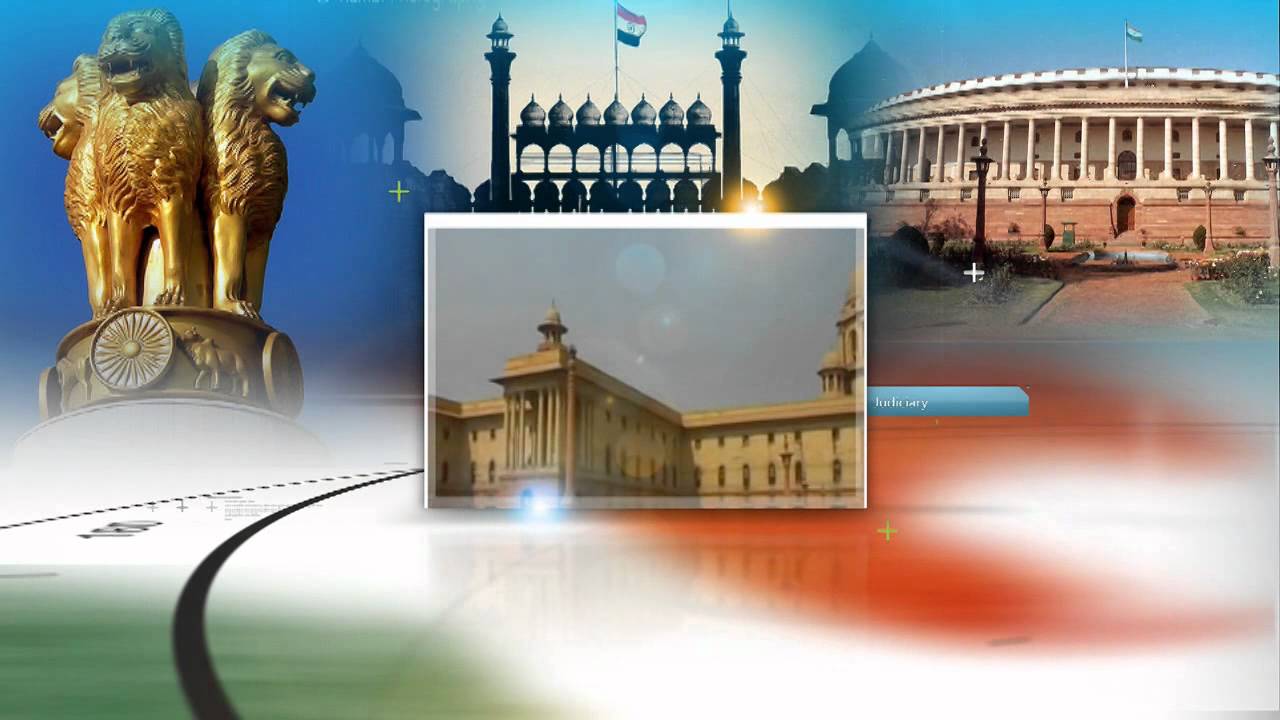Font size:
Print
Parliamentary Panel Calls for Higher Income Limit for OBC Creamy Layer Exclusion
Context:
A parliamentary committee examining the welfare of Other Backward Classes (OBCs) has recommended raising the income ceiling for the exclusion of the “creamy layer,” arguing that the current threshold of ₹8 lakh, set in 2017, is outdated and insufficient.
More on News
- The committee emphasised that increasing this limit is essential to ensure a broader section of OBCs can benefit from reservation policies and government welfare schemes.
History of OBC Reservation in India
Pre-Independence: The concept of reservation for backward classes was first proposed in the late 19th century. In 1902, the Maharaja of Kolhapur introduced reservations for non-Brahmin and backward classes in education. Mysore initiated similar measures in 1921 following a decade-long social justice movement.
Post-Independence Developments:
- 1950s-1970s: The Indian Constitution provided for reservations for Scheduled Castes (SCs) and Scheduled Tribes (STs), but there was no specific provision for OBCs at the national level. However, some states like Mysore and Madras implemented reservations for backward classes.
Mandal Commission and OBC Reservation:
- 1979-1980: The Mandal Commission was established to identify socially and educationally backward classes. The Commission’s report, submitted in 1980, recommended 27% reservation for OBCs in government jobs and educational institutions.
- 1990: The Mandal Commission’s recommendations were implemented by the government, leading to significant protests and legal challenges.
- 1992: The Supreme Court upheld the OBC reservation in the Indra Sawhney vs. Union of India case, with conditions such as excluding the “creamy layer” and maintaining a 50% cap on reservations.
Need for Revision
- The concept of the “creamy layer” was introduced following the Supreme Court’s landmark Indra Sawhney judgment in 1992.
- This provision was intended to exclude socially advanced segments within OBCs from availing of reservation benefits.
- The income threshold for determining the creamy layer was initially set at ₹1 lakh in 1993 and has been revised periodically, with the last adjustment occurring in 2017.
- In its reports tabled in the Lok Sabha on April 1, 2025, the Parliamentary Committee on the Welfare of OBCs urged the government to conduct consultations with stakeholders and establish a significantly higher income ceiling.
- The panel believes that a revision is necessary to reflect inflationary trends and ensure that OBC reservations effectively benefit those who need them the most.
Transparency in Reservation Data
- The committee also recommended greater transparency in the implementation of OBC reservation quotas in Central government jobs.
- It urged the Department of Personnel and Training (DoPT) to include data on OBC representation in its annual reports and publish it online for public access.
- While the DoPT has developed the Representation of Reserved Categories in Posts and Services (RRCPS) portal to collect and monitor such data, the committee noted that access is currently restricted to ministries and the DoPT itself.
- The call for transparency follows a report which highlighted that the DoPT’s 2023-24 Annual Report omitted reservation data for the first time in at least two decades.
- At the time, the DoPT attributed this omission to an inability to compile the data in time.
Ensuring Uniformity Across States
- The committee also raised concerns about discrepancies in how different state governments calculate the creamy layer income threshold.
- It noted that states follow varied methods to determine which sources of income are considered while assessing eligibility.
- To address this inconsistency, the panel recommended that the Centre engage with states to develop a uniform approach as much as possible.
- Additionally, the committee urged the government to expedite the process of establishing post-equivalence between autonomous bodies and Central and state government services.
- The delay in defining such equivalence has reportedly led to qualified OBC candidates who have cleared the UPSC Civil Services Examination being denied service allotments.
Enhancing Educational Opportunities
- The panel also advocated for revising the income limit for OBC student scholarships.
- Currently, an income threshold of ₹2.5 lakh applies for pre- and post-matric scholarships.
- The committee recommended doubling this limit for pre- and post-matric scholarships and implementing a “suitable rise” for top-class scholarships covering school and college education.
- Moreover, it questioned why the pre-matric scholarship program for OBCs is currently limited to students in Classes IX and X.
- The panel proposed expanding the scheme to include students from Class V onwards.
- It further recommended increasing the number of available slots for top-class school education scholarships, which presently stand at 15,000, citing the high demand among OBC, Economically Backward Class (EBC), and Denotified Nomadic Tribes (DNT) students.


